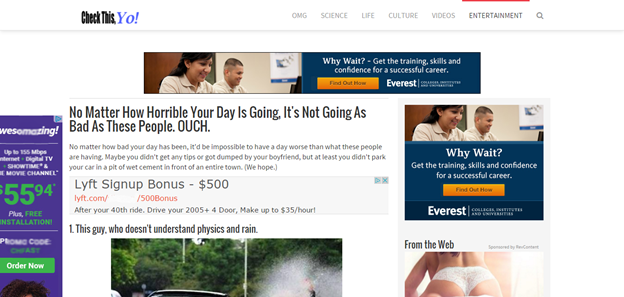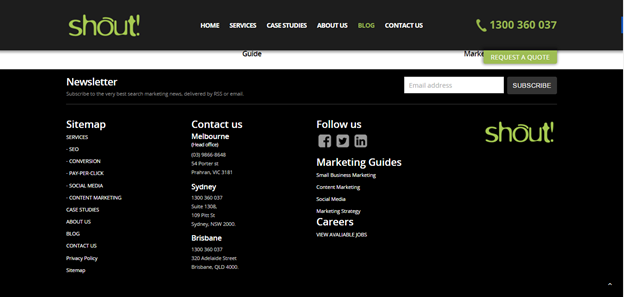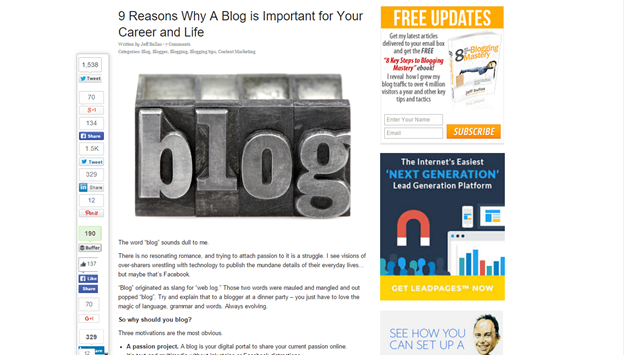Overview
One of the most pernicious problems with good search engine traffic is keeping your bounce rate low. That is becbounce rateause when you have a high bounce rate, Google believes you are not providing quality content for your users.
While it is not the only metric used, it is an important component of Google’s algorithm. Therefore, we discuss below seven different bounce rate strategies to help you keep visitors on your website agile project methodologies.
What is your bounce rate?
Before we go through different strategies for bounce rate, let’s give a quick summary of what a bounce rate is.
Your bounce rate is the number of people who leave your website before going to another page on your site. Therefore, they bounce from the site or leave to go elsewhere on the web.
The higher the rate, the more people leaving your site. High bounce rates are warning signals of lacking content and other problems with your website.
Bounce rates can vary dramatically on websites. Usually website that publish content vary between 40-85%. The goal should be to keep your bounce rate below 80%, and preferably 70% or lower.
Also, keep in mind if a number of your website visitors are directed to a landing page where they spend 10 minutes on that page before leaving it counters the effects of the bounce rate on Google.
The algorithm is complex, which is why in this article we want to focus on how to have both longer visit times and reduced bounce rates.
7 strategies to reduce your website bounce rate
- Quick page load- One of the best things you can do to ensure that you have a lower bounce rate is to improve the page speed of your website. Either Google Webmaster Page Speed Tool or Pingdom can determine your website load time.
If your site takes longer than 4 seconds to load, it will result in a loss of traffic from Google and a 25% higher bounce rate. By 10 seconds, your bounce rate approaches 50%.
The best way to do reduce loading times is to ensure that you do not have too many programs running on your website at once. Then increase the server space from what you are using now to accommodate the increased traffic.
- Avoid annoying ads- Many websites run exclusively on ad revenue. While this is a lucrative business, too many ads and too little content can overwhelm a website.
Take the website below. They have 5 ads above the fold, along with another dozen or two below the fold.
Your content should be the centerpiece of your website. Not the ads you run. This many ads slow down website speed, and makes it annoying for users to stay on your site longer.

- internal links- The next thing you need to do is link to other pages on your website. Having a good navigation structure at the top of your website is definitely helpful.
Also, include links at the footer, so when users are done reading your content they can get a good idea of the general structure of your website.
Now that you have them on your website, do not make them guess where they should go next. Direct them to their next website page.
Part of this requires having a quality sitemap for Google to use to index your website for users.

- Site design- A big component of lower bounce rates is designing a quality site for users to follow. If you are in the midst of a site redesign then look through our article on how to use SEO Strategy During a Website Design.
While pretty websites are great, websites that hold users’ attention longer are very beneficial in the fight to lower bounce rates.
- article formatting- The next item is make sure you format your content properly. Every page has to be visually appealing to the user. This is one of the reasons why you never see an article from Jeff Bullas or Neil Patel that have long blocks of text.
Instead, they use short paragraphs to make it readable for users.
Additionally, you see bullet points, numbers, headers, and a number of other ways to break up the content to make it more palatable for users.
Neil Patel is especially talented at using a lot of images to make the articles formatting that much better.

- mobile friendly- If you want to reduce bounce rate in today’s mobile society, you need to have a mobile website. Otherwise, Google will not list you in mobile search results.
If you do not have a responsive website or mobile version of your website, it is time to do so. Otherwise, you could lose out on a good percentage of your website traffic.
- related content- The final strategy to reduce your bounce rate is to have related content after you finish your article. This way, users can go on to other website pages that interest them.
By doing this, you effectively reduce your bounce rate for the site, and increase the time on site for current users.
Both are metrics Google uses to determine how effective your content is for your audience.
Final Thoughts
Reducing your bounce rate will not happen overnight. However, by implementing these strategies you can make serious strides to keep the bounce rate at least between 70-80%.
The great thing about bounce rates is that they are one of the best metrics to help you get search engine traffic and determine how good your content is for humans.
Keep an eye on your bounce rate for your website. If you need help implementing any of the bounce rate strategies we discussed above, feel free to contact us.
